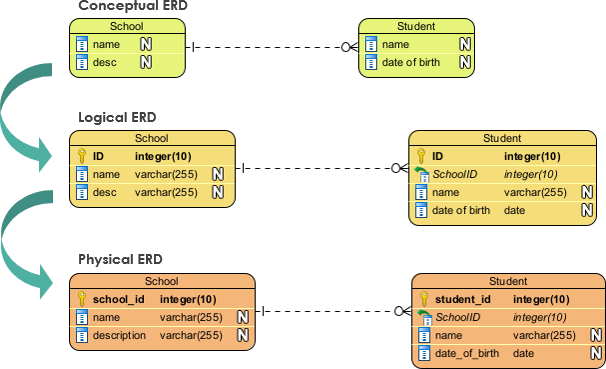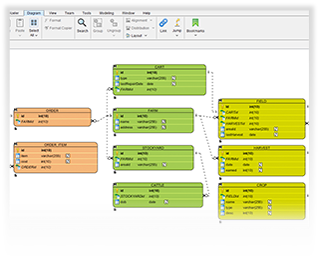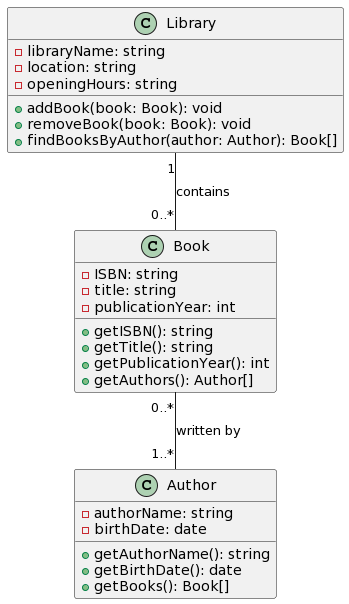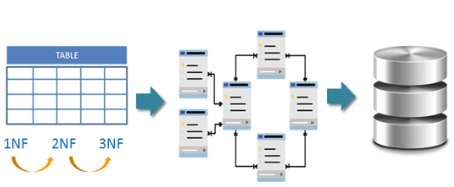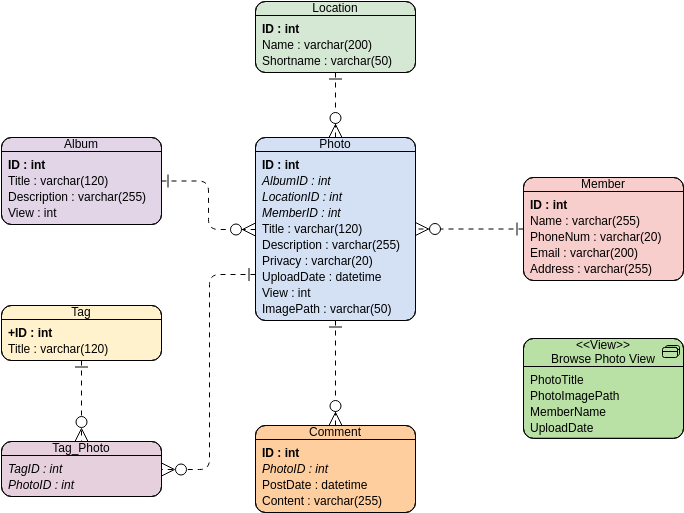Home » Data Modeling / Database
Introduction In the realm of database design, the choice between normalization and denormalization is a pivotal decision that can significantly impact the performance and efficiency of your database system. Whether you're designing a database for an e-commerce platform, a financial institution, or any other application, striking the right balance between data integrity and query performance is essential for success. This article explores the principles of normalization and denormalization, highlighting when and why you should opt for each approach. Through real-world examples and considerations, we'll navigate the complex landscape of database design to help…
continue reading →
Introduction In the realm of data management, designing a database system that meets the unique needs of an organization is a multifaceted task. It involves a meticulous process that unfolds in three distinct phases: conceptual, logical, and physical database design. These levels of design are crucial in creating a database that not only captures the essence of the data but also ensures its integrity, efficiency, and security. In this article, we embark on a journey through these three levels, exploring their significance, differences, and how they come together to shape a robust database…
continue reading →
In the fast-paced world of modern software development, efficiency and precision are key. When it comes to designing and maintaining databases, Visual Paradigm is the ultimate tool to help you achieve your goals. Say goodbye to complex SQL statements and hello to intuitive, visually-driven database design. In this article, we'll explore how Visual Paradigm simplifies the process of creating and managing databases with its powerful features. Design and Maintain Databases Visually Gone are the days of grappling with intricate database structures and tedious SQL coding. Visual Paradigm's user-friendly interface empowers you to…
continue reading →
Are you ready to take your data modeling to the next level? Visual Paradigm's ERD Tool is your key to creating robust, efficient, and visually stunning Entity Relationship Diagrams that are seamlessly integrated with the ORM Hibernate Framework. Whether you're a seasoned database designer or just starting your journey in the world of data modeling, Visual Paradigm has got you covered. Why Visual Paradigm's ERD Tool for Data Modeling with ORM Hibernate Framework? 1. Versatility at Your Fingertips Visual Paradigm's ERD Tool is a versatile solution that caters to all your database design…
continue reading →
Introduction In the world of databases, efficiency and data integrity are paramount. Database normalization is the process that brings order to the chaos of data, reducing redundancy, and ensuring that information remains consistent. In this comprehensive guide, we will take you on a journey through the essential steps of database normalization. We'll start with a basic understanding of the concept and gradually delve into the intricacies of achieving the third normal form. By the end of this tutorial, you'll be equipped with the knowledge and skills to optimize your database for optimal performance…
continue reading →
Introduction Designing a robust and efficient database system is a critical step in developing a library management system. This process involves several stages, beginning with Entity-Relationship Diagram (ERD) design, followed by normalization, and finally, the creation of a database schema. In this article, we will walk through each of these stages, demonstrating how to transform a concept into a well-structured and optimized library system database. Data Modeling Process from ERD, Normalization and Database Scheme Entity-Relationship Diagram (ERD) The first step in designing a library system database is creating an Entity-Relationship Diagram (ERD). An…
continue reading →
Introduction Class Diagrams and Entity-Relationship Diagrams (ERDs) are two essential tools in software and database design. While they share some similarities, they serve different purposes and are used in different contexts. In this article, we'll explore the differences between these two diagram types, provide examples, and discuss when to use each. Class Diagram Purpose: A class diagram is primarily used in object-oriented programming and design to represent the structure and relationships of classes and objects within a system. It is a fundamental part of Unified Modeling Language (UML) and helps visualize the system's…
continue reading →
Introduction Database normalization is a crucial concept in the world of database management. It is a process that optimizes database structure by reducing data redundancy and improving data integrity. Normalization is a set of rules and guidelines that help organize data efficiently and prevent common data anomalies like update anomalies, insertion anomalies, and deletion anomalies. In this article, we will delve into the fundamentals of database normalization, the various normal forms, and provide practical examples to illustrate each level of normalization. Why Normalize a Database? Before we dive into the details of database…
continue reading →
Introduction: In the realm of database design and management, the art of structuring data is as crucial as the data itself. Imagine you're tasked with managing a library's vast collection of books, authors, and publishers. Initially, you might opt for a simplified, denormalized table to capture all the data. However, as your library grows and the demand for accurate, efficient data management increases, it becomes apparent that this initial approach has its limitations. This journey explores the significance of data normalization in database design by taking a library database as a practical example.…
continue reading →
In the world of database design, translating abstract concepts into tangible structures is a crucial step toward building functional and efficient database systems. This transformation from Entity-Relationship Diagrams (ERDs) to actual database schemas, including SQL table creation, is a fundamental process in the database development lifecycle. In this article, we will explore how ERDs serve as a bridge between the conceptualization of data and its practical implementation within a database. Understanding the ERD Before delving into the intricacies of database implementation, it is essential to comprehend the purpose and components of an ERD.…
continue reading →

